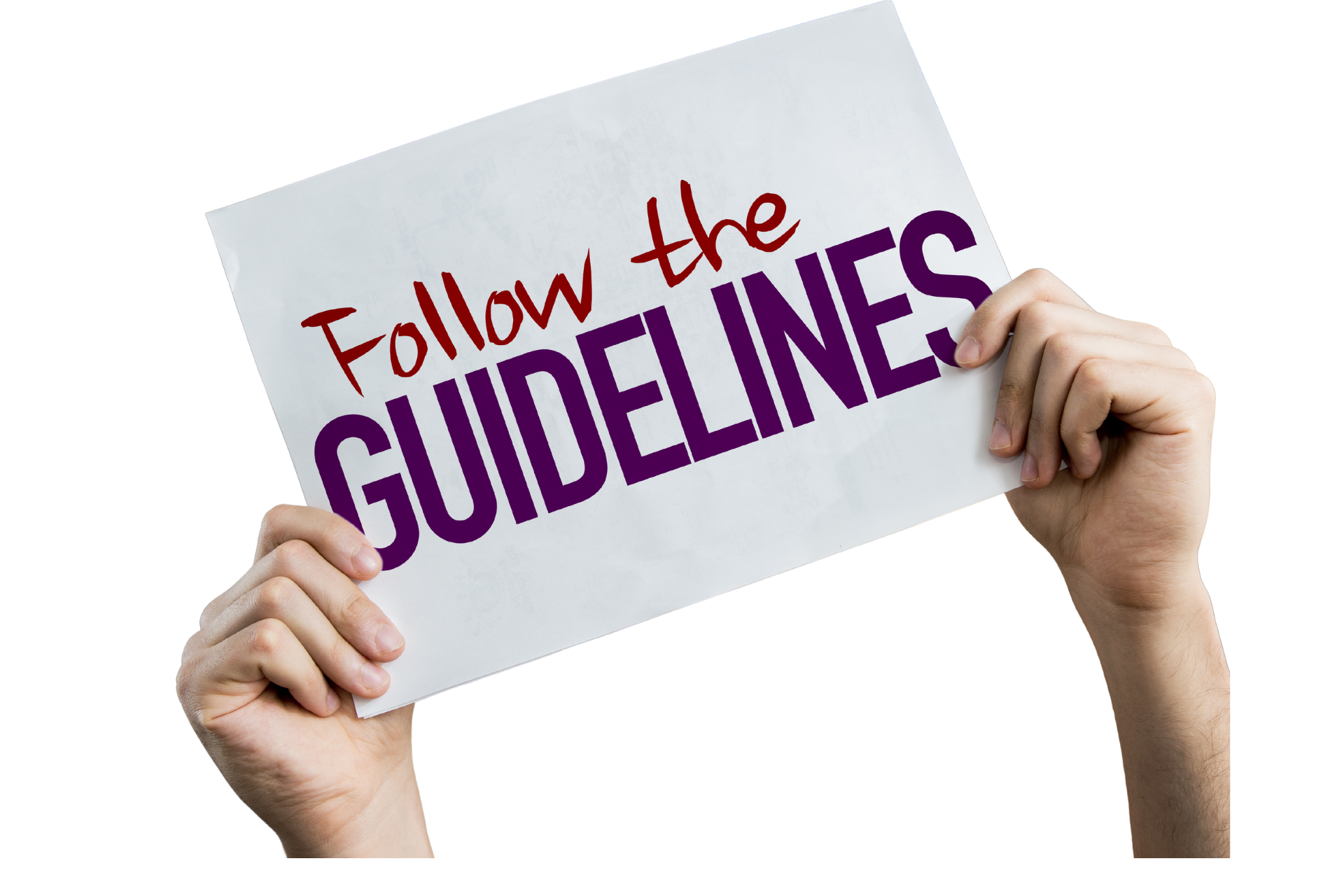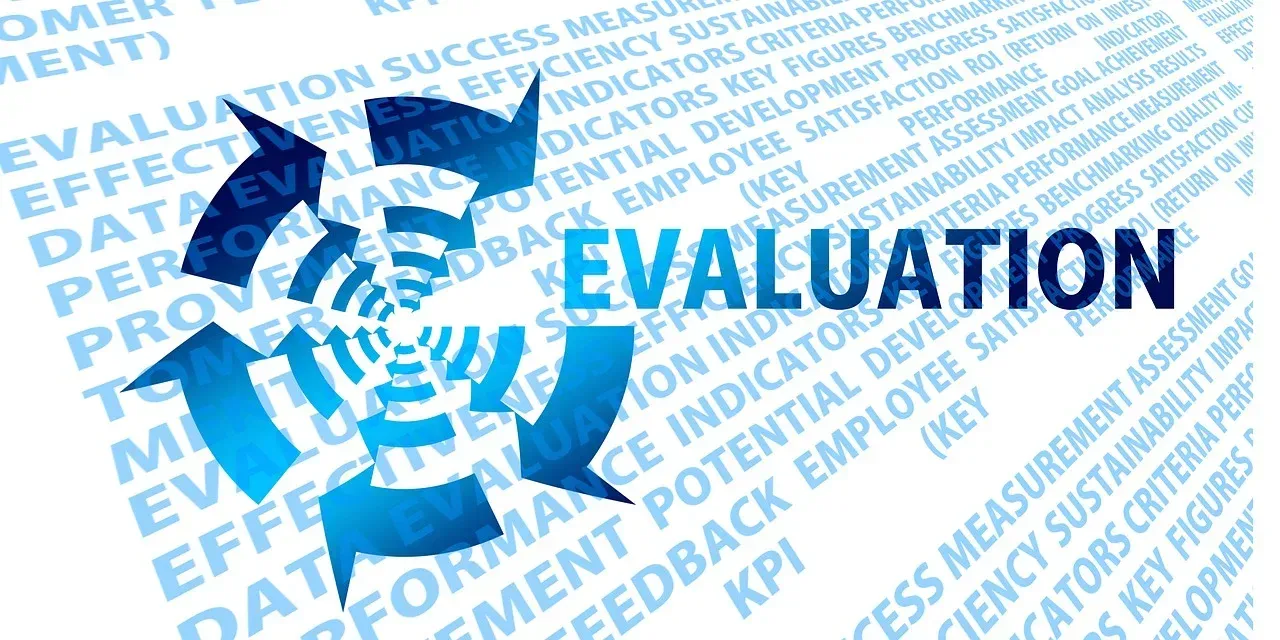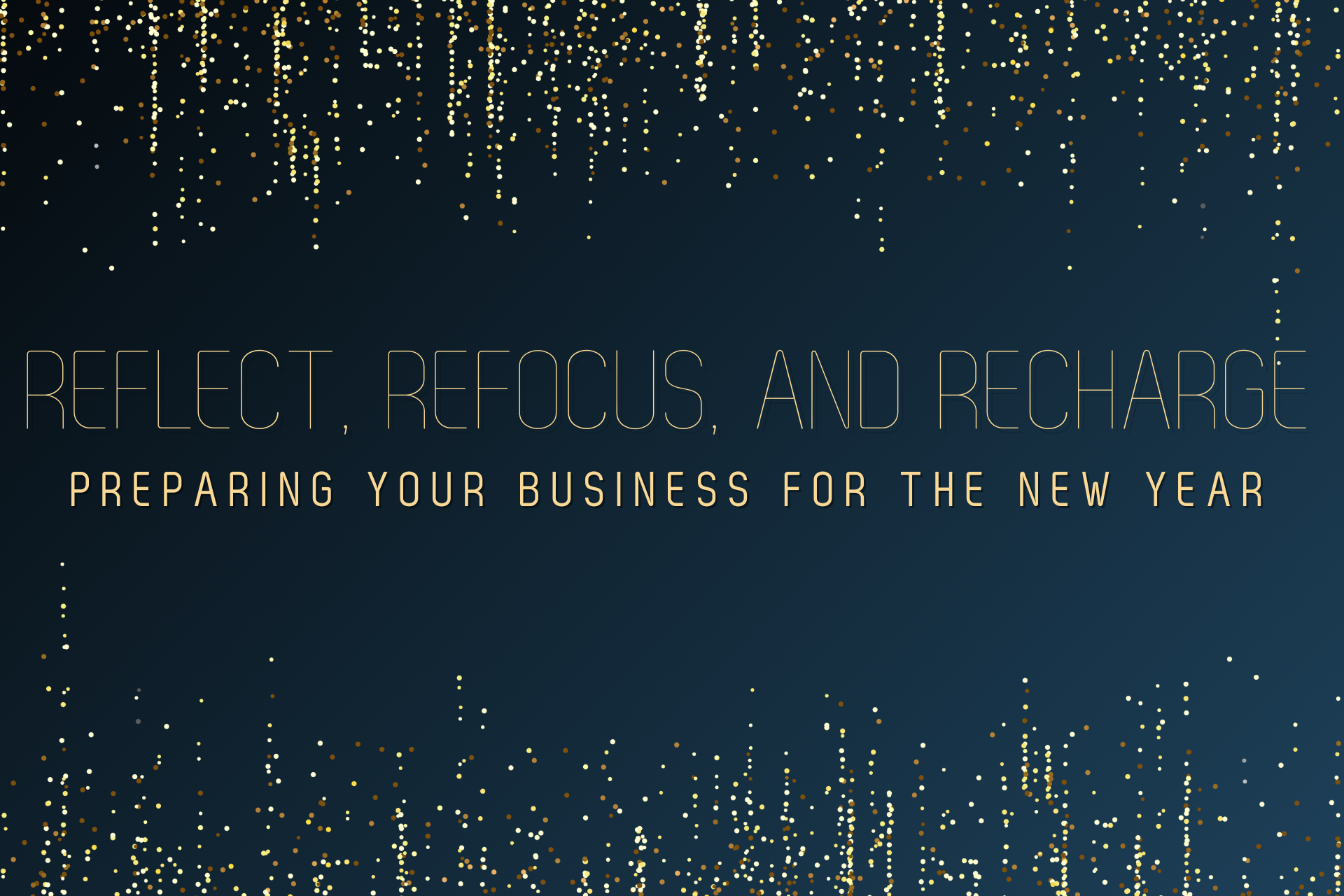Avoid These Top 4 HR Mistakes: A Guide for Business Owners

In the dynamic landscape of Human Resources (HR), errors can be costly both financially and in terms of company reputation. From legal ramifications to employee dissatisfaction, the consequences of missteps in HR can be severe. In this blog, we'll delve into four of the most common HR mistakes that businesses make and offer solutions to mitigate these risks.
1. Terminating or Disciplining Employees that Engaged in a Protected Activity
One of the most significant legal pitfalls in HR is terminating or disciplining employees who have engaged in protected activities, such as whistleblowing or participating in union activities. Doing so can result in costly lawsuits and damage to your company's reputation. It's crucial for HR professionals and business owners to be aware of employees' rights and protections under the law.
Solution: Prioritize thorough training for HR staff and managers on employment laws and regulations. Implement clear policies and procedures for handling complaints and grievances, ensuring that all employees feel safe and respected when raising concerns. Consult with legal experts to ensure compliance with relevant laws and regulations.
2. Failure to Document Performance Problems and Prior Discipline
Inconsistent documentation of employee performance issues and disciplinary actions can leave businesses vulnerable to legal challenges and disputes. Without proper documentation, it becomes challenging to justify employment decisions and defend against wrongful termination claims.
Solution: Establish a comprehensive performance management system that includes regular evaluations, feedback sessions, and documentation of any performance-related issues. Encourage managers to maintain detailed records of employee performance, including instances of commendation and disciplinary action. Consistency and transparency are key to minimizing legal risks in this area.
3. Failing to Engage in the Interactive Process with Disabled Employees
Under the Americans with Disabilities Act (ADA), employers are required to engage in an interactive process with disabled employees to determine reasonable accommodations that enable them to perform essential job functions. Failing to engage in this process can lead to claims of disability discrimination and legal liabilities.
Solution: Train HR professionals and managers to recognize requests for accommodation and navigate the interactive process effectively. Foster an inclusive workplace culture that values diversity and supports employees with disabilities. Collaborate with employees and, if necessary, seek guidance from legal counsel to identify and implement reasonable accommodations.
4. Failing to Correctly Pay Overtime
Misclassification of employees as exempt from overtime pay or failure to accurately calculate and compensate for overtime hours worked can result in significant financial liabilities for businesses. Wage and hour laws are complex and vary by jurisdiction, making compliance a challenging task for HR departments.
Solution: Conduct a comprehensive review of employee classifications to ensure compliance with federal, state, and local wage and hour laws. Implement robust timekeeping systems to accurately track employee hours worked and overtime eligibility. Regularly audit payroll practices to identify and rectify any errors or discrepancies.
Partnering with a PEO
If your business is struggling with these or other common HR mistakes, consider partnering with a Professional Employer Organization (PEO). PEOs offer comprehensive HR solutions, including payroll, benefits administration, compliance assistance, and risk management. By outsourcing HR functions to a PEO, businesses can mitigate risks, improve compliance, and focus on their core operations.
In conclusion, avoiding these top HR mistakes requires proactive measures, ongoing education, and a commitment to compliance. By prioritizing legal compliance, documentation, inclusive practices, and accurate payroll management, businesses can minimize legal risks and create a positive work environment for employees.
Remember, investing in HR best practices today can save your business from costly legal battles tomorrow.
You might also like




